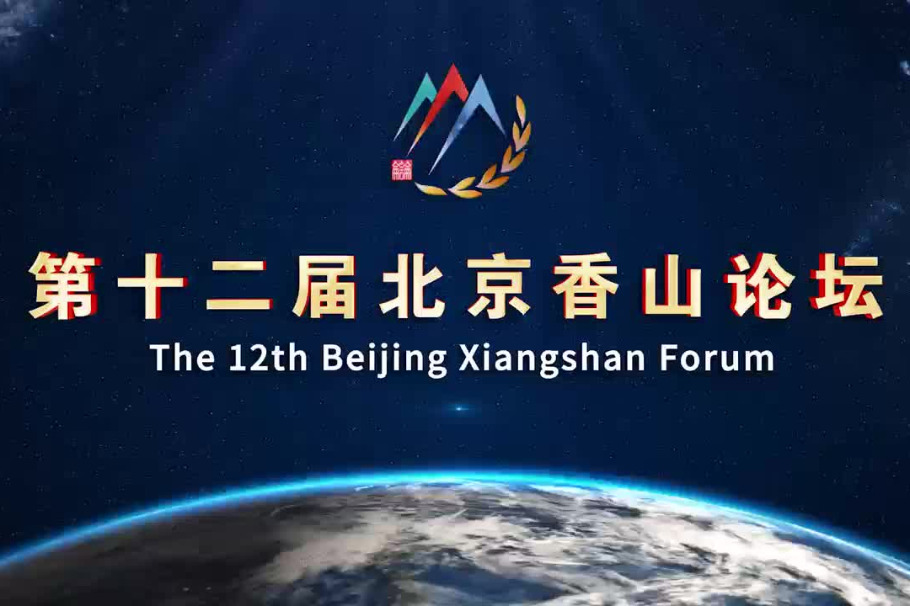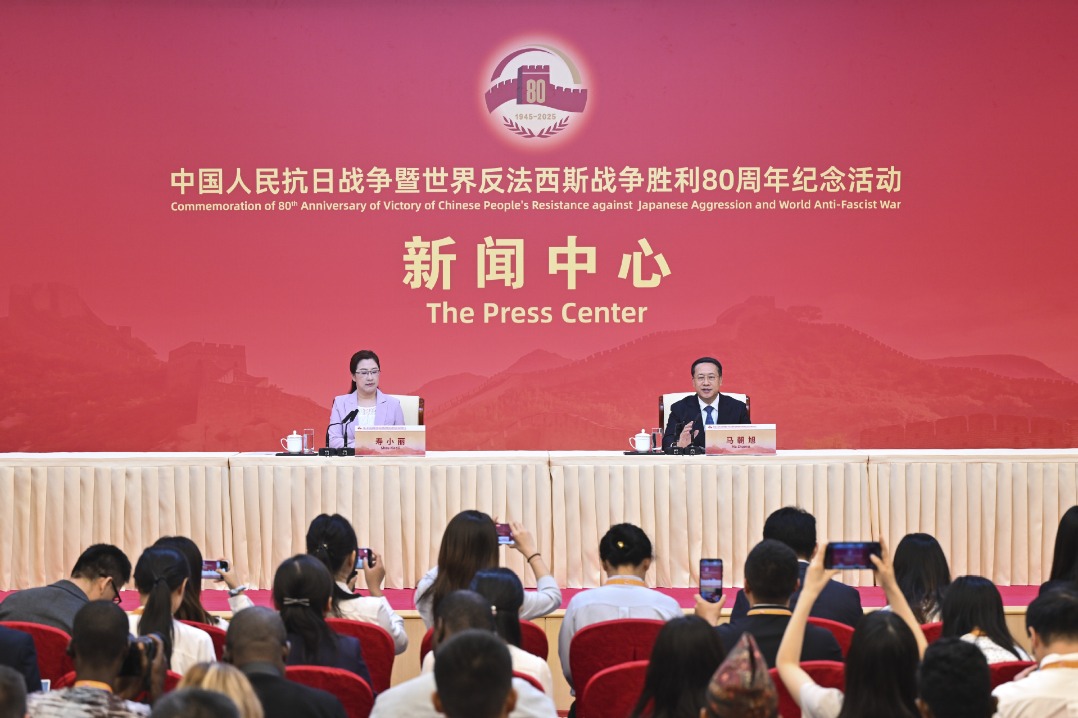Financial sector key to carbon neutrality goal

International experiences in the financial sector's support for carbon neutrality mainly fall into two categories.
The first is about how to drive private-sector capital toward investments in low-carbon ventures.
The second is about guarding against climate risks.
Both factors are important. They require both catalyzing more green funding, and at the same time causing funds to retreat from high-carbon industries in an orderly manner.
The following international experiences are relevant to China.
International standards shall be fully learned and borrowed. We shall look at international practices in the standard of identification of green and sustainable finance.
Recently, the European Union has approved the taxonomy for sustainable finance. In this taxonomy, the EU raised the important "no significant harm principle".
It has also made clear that any project that is categorized as being supported by sustainable finance must not have any damaging effect on any sustainable goals, including the environment, climate and biodiversity.
The first edition of China Green Bond Endorsed Project Catalogue was released in the year 2015 and has borrowed some principles from the "no significant harm principle "from the EU.
It ruled out high-carbon projects, but also included some green projects that might in fact damage our climate goals, such as clean coal projects.
The situation back then was understandable as in 2014 and 2015, tackling air pollution remained front and center for environmental policymakers.
Therefore, some projects, particularly clean coal technology, were included as support target for green finance because they can bring down the levels of sulfur dioxide, oxynitride and dust, though they cannot bring down the levels of carbon dioxide.
However, the situation we face now is different. The average PM2.5 level in Beijing has reduced from 90 in 2013 to 38 in 2020, which is very close to the 2030 goal of 35. At the same time, China's central authorities have raised the goal of reaching carbon neutrality by 2060. This will become the most important measure for future green development and building a circular economy.
Therefore, there will be a great shift in policymaking on the environment front. This will also make implementing the "no significant harm principle" more eligible.
In other words, our green standards must make sure that key goals of tackling climate change shall not be harmed. If any damage is caused, such project shall not be supported by green finance even with other possible positive effects.
Although we have been learning a bit from the "no significant harm principle", such learning won't be sufficient. The Green Bond Endorsed Project Catalogue has been revised, but there are still high-carbon projects in other green finance catalogs. More revisions shall be made to these catalogs in accordance with the "no significant harm principle."
What's also important is the risk analysis of environmental climate, which is about using methods such as stress testing to assess how environment-and climate-related factors may effect financial institutions' asset quality and financial risks.
So far, there are only three banks in China that have trailed such tests, while most Western large-scale financial institutions have started such tests, making China relatively lag behind in this regard. According to a research report that my team and I authored in 2020, in the process of reaching carbon neutrality, probability of loan default of sample coal power companies in China may rise from the 3 percent level to 22 percent in 2030.
Such a conclusion is not new internationally. In fact, there have been many similar examples in the past few years in many other countries. Yet, this has only started to draw people's attention at home now. As a result of changes in market expectations, regulators may worry that sudden changes in expectations will cause market turbulence. These risks really require attention and response and are worth noticing.
My argument is that various research projects shall be made in this regard so that the market will have a stable view on this issue. Meanwhile, regulatory authorities shall also set up a standard framework for risk analysis for climate and environment issues.
Information disclosure on climate-related matters shall be enhanced. European countries have long seen climate change as an important means to green development. Therefore, enterprises and financial institutions have started climate information disclosure at a comparatively early stage.
For instance, banks and asset managers will disclose the amount of carbon emissions that are caused by the projects that their loans and investments supported.
Right now, financial institutions in China have not started such steps, yet many organizations in other countries have started them. If we are not aware of the amount of carbon emissions related to our investment, carbon neutrality will be hard to plan.
It is important to be precise about the risk exposure of brown assets. Financial institutions abroad have started to disclose the risk exposure of brown assets. Brown assets mainly include high-carbon assets, such as iron and steel, fossil fuels, nonferrous metals and paper-making.
Innovation is needed about carbon-related products. In reaching carbon neutrality, the role of the market must be brought into play. There are several areas that have gained market attention. For example, financial products related to carbon footprint are popular already.
The bond market can develop financial products related to carbon footprints while banks can develop loans related to carbon footprints. For example, if the amount of carbon emission of the loan receiver can be reduced during operation, loan interest can go down accordingly.
This will help financial products to incentivize their receivers to reduce carbon emission. Such methods have proved effective in many countries and I believe China should carry out trials on it as well.
The green transition of financial products is also important. In our economy, most GDP is generated from high-carbon and carbon emission industries. And it would be impossible for us to cut financing support to these industries right away. But it is feasible that we give extra green requirement for their new credits and ask them to work harder on green transition.
Asset owners also have their role to play. In the asset management industry in China, most asset managers use ESG-environmental, social, and (corporate) governance-to choose and decide their investment targets, while in Western countries, asset managers have greater role in guiding their investment.
In the end, financial institutions shall also work to achieve carbon neutrality in their own operations. There are many good practices worldwide as 30 global big financial institutions have achieved neutrality in their own operations.
In China, Haitong International Securities is said to be the first to announce its own plan on this issue. It announced that it will reach carbon neutrality within five years.
The writer is a member of the China Finance 40 Forum, a Beijing-based think tank.
The views don't necessarily reflect those of China Daily.

Today's Top News
- East–West concert honors war's victims
- Qingdao-based area emerges as rising hub for regional growth
- Port city ramping up educational resources
- Leadership highlights ethnic unity
- Xi stresses persistent efforts to improve Party conduct
- Xi chairs meeting on ideological work, draft ethnic unity law






























